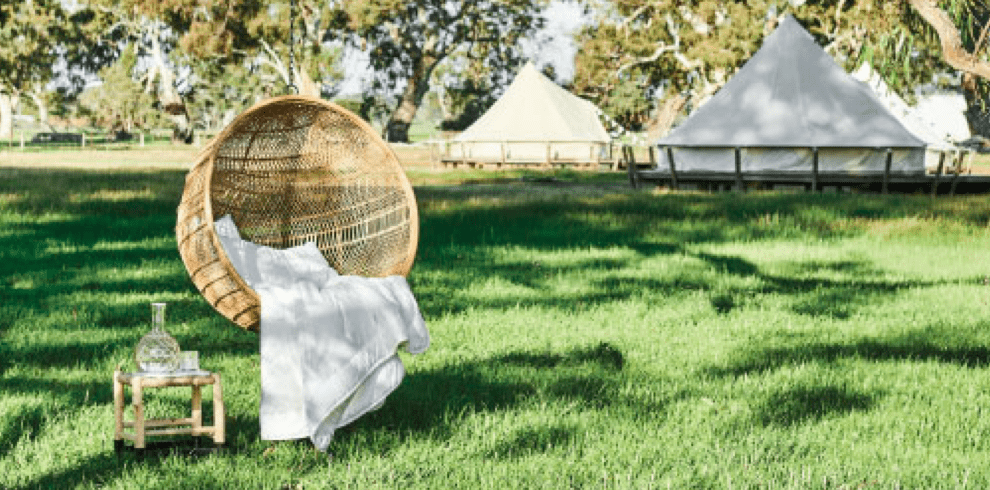This week is National Asthma Week and with almost 2 million Australians suffering with asthma this is a key issue. As we head into spring some of the triggers for asthma intensify, particularly allergy related triggers.
National Asthma Week is also a reminder to all allergy sufferers (seven million of us) to take extra care with the arrival of the pollen season. Forecast high pollen levels in the air this spring in some states could leave allergy sufferers (including hay fever (allergic rhinitis) and conjunctivitis) struggling with sneezing, watery eyes, a running nose and an itchy throat.
According to Associate Professor Ed Newbigin from the University of Melbourne and coordinator of the Melbourne pollen count, the start of the hay fever season varies according to location and from one year to another.
Typically European trees like birch and elm pollinate at the end of winter and beginning of spring, and grasses start pollinating a month or two later. But with climate change causing milder winters in southern Australia and wet season changes in the north we expect to see differences in when plants flower as well as where plants grow.
National Asthma Council Australia Spokesperson, Associate Professor Sheryl van Nunen, from the Department of Clinical Immunology and Allergy, Royal North Shore Hospital in Sydney, said that the best way to manage an allergy is to avoid triggers.
The best way to treat allergy and asthma is to prevent it occurring. Have your lungs checked by your GP to make sure you're as healthy as possible, and let them know if you think pollen, thunderstorms or weather changes affect your asthma.
Use your preventer medication every day, if prescribed, even when you are feeling well, and ensure you have an up-to-date written asthma action plan from your GP so you know what to do if your asthma flares up.
Moreover, house dust mite is more prevalent at the change of seasons and many people spring clean, so the 74% of Australian hay fever sufferers who are house dust mite allergic will have their house dust mite allergy aggravated then too.
Top tips to reduce pollen exposure from National Asthma Council Australia
- Try to stay indoors during and after thunderstorms.
- Keep car windows closed and use recirculated air when pollen levels are high. Car air filters will also help.
- Consider planting a low allergen garden around the home.
- Check plants in your garden for those that could be aggravating asthma/allergies.
- Wear glasses to keep pollen out of your eyes.
- Avoid mowing lawns or wear a mask if it is unavoidable.
- For more information and tips visit the National Asthma Council Australia website: nationalasthma.org.au



